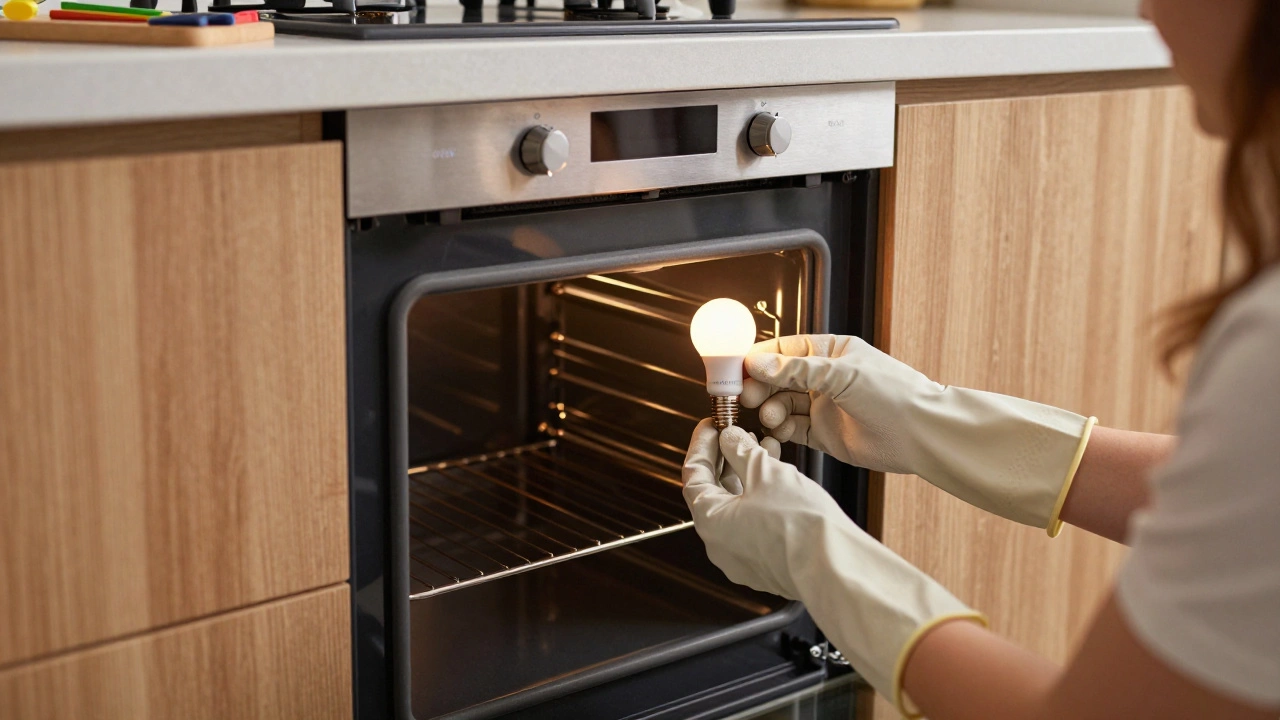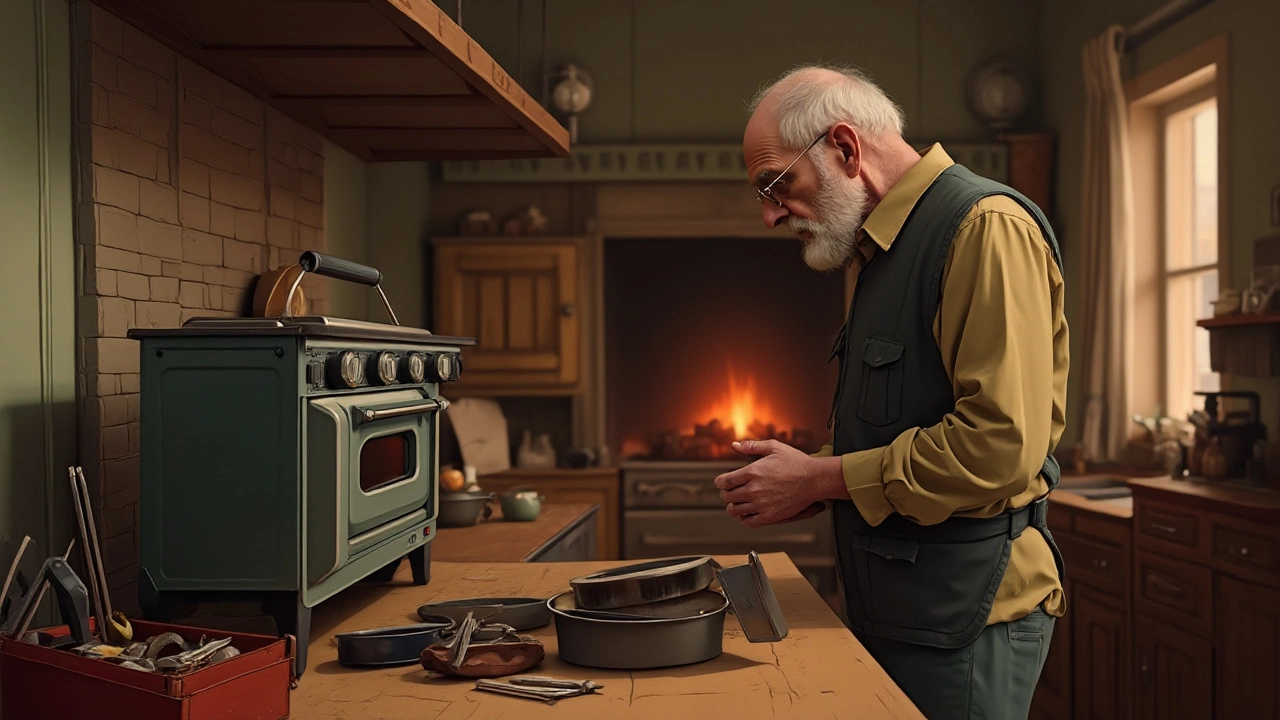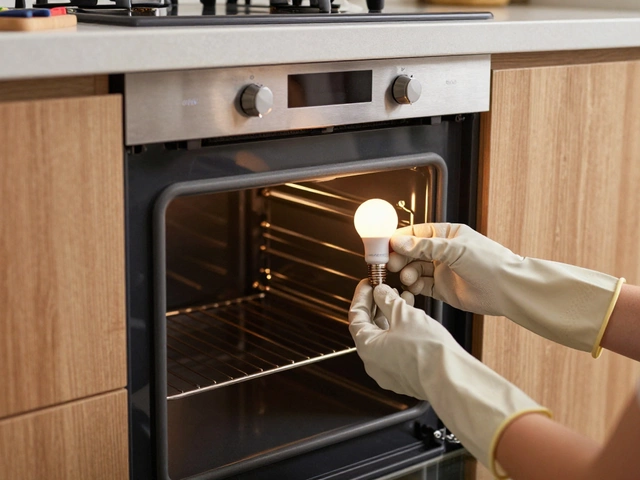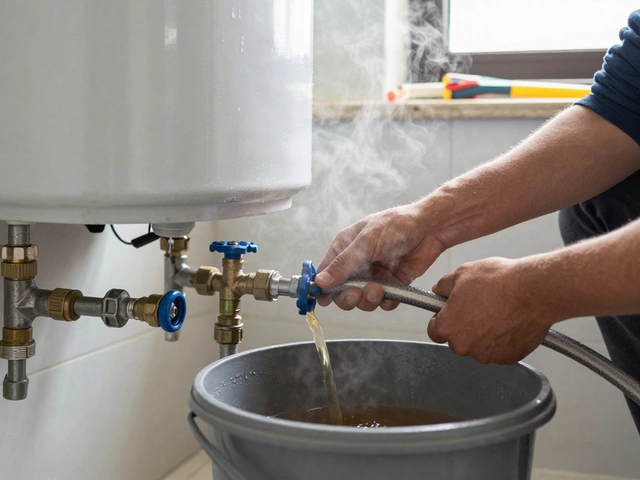DIY Oven Repair: Quick Fixes You Can Do at Home
Oven acting up? You don’t always need a technician. Most problems are simple enough to handle with a few tools and a bit of know‑how. In this guide we’ll walk through the most common faults, show you how to identify them, and give you clear steps to fix them yourself. Before you start, make sure the oven is unplugged or the circuit breaker is off – safety first.
Common Oven Problems and How to Spot Them
Here are the three issues you’ll see most often:
- Oven won’t heat. The heating element is usually the culprit. Look for a broken or darkened coil.
- Temperature is off. A faulty thermostat or sensor can cause the oven to run too hot or too cool.
- Strange noises or smells. Burning smells often mean a stuck food piece or a worn motor.
Give each symptom a quick visual check. If the element looks intact and the oven still won’t heat, the problem is likely electrical or a control board issue – those are best left to a pro.
Step‑by‑Step DIY Fixes
1. Replace a broken heating element. Remove the screws that hold the element in place, pull it out, and disconnect the wire connector. Slide the new element in, reconnect, and secure it with the screws. Test the oven – it should heat within a few minutes.
2. Clean a faulty sensor. Locate the temperature sensor (usually a thin metal rod near the back wall). If it’s covered in grime, wipe it gently with a damp cloth. A clean sensor often restores accurate heating. If the oven still runs hot, you may need a new sensor.
3. Fix a loose door seal. A warped gasket lets heat escape, making baking uneven. Inspect the rubber seal for tears or gaps. Tighten any loose screws, or replace the gasket if it’s cracked. This cheap fix can improve heating efficiency.
4. Reset the oven control board. Some models have a reset button inside the control panel. Press it for 10 seconds, then plug the oven back in. If the display clears and the oven works, the issue was a temporary glitch.
When you finish, run a short bake test at 180 °C (350 °F) for 10 minutes. Watch for even heating and check that the timer works. If anything still feels off, it’s time to call a professional – especially if you’re dealing with wiring or the control board.
DIY oven repair can save you money and get your kitchen back in shape fast. Keep a basic toolkit (screwdrivers, multimeter, gloves) handy, and you’ll be ready for most everyday hiccups. Happy cooking!
29 December 2025
·
0 Comments
Oven repair isn't always hard-but it's not always easy either. Learn which fixes you can do yourself, when to call a pro, and how to tell if it's time to replace your oven.
Read more
31 January 2025
·
0 Comments
Deciding whether to repair an 8-year-old electric oven can be a challenge. This article provides insights into when it's worth fixing your oven, considering factors like cost, efficiency, and frequency of repairs. We explore common problems and their solutions, as well as tips on regular maintenance to extend your oven's life. Learn how to make an informed decision that balances fiscal responsibility with your culinary desires.
Read more







